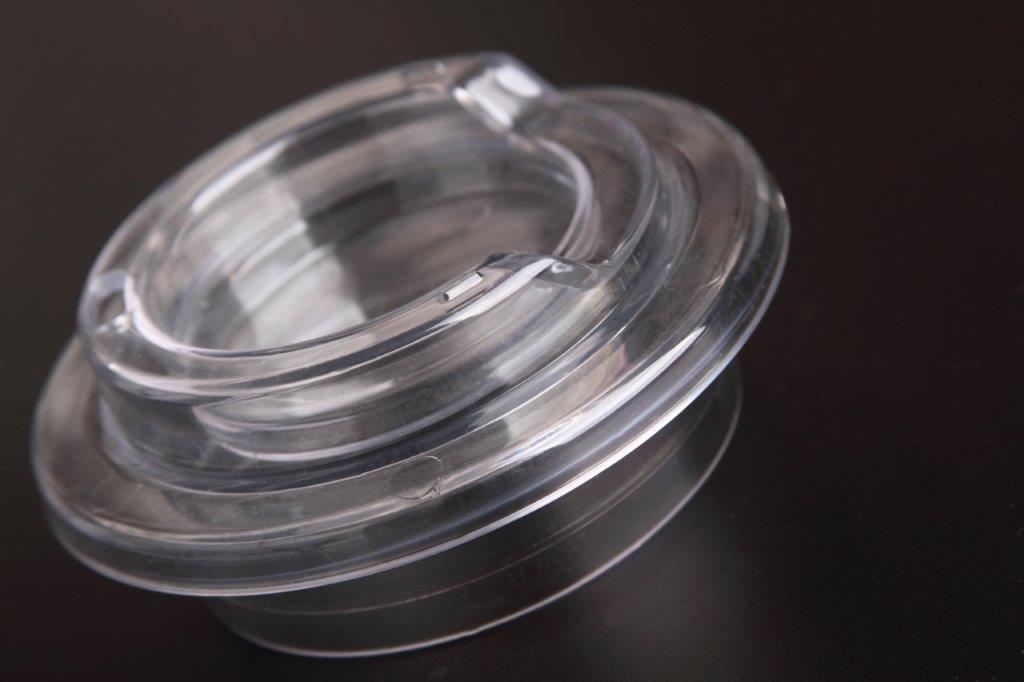7 Design Tips for Injection Molding

Low-volume injection molding offers a quick and cost-effective way to produce identical parts without the expenses and time commitment of full production tooling. The right manufacturing partner can even deliver production-grade components, providing the advantages of end-use prototype manufacturing without the long lead times and costs. However, to fully realize these benefits, your part designs need to be optimized for the injection molding process. Here are some design tips and best practices to ensure your project’s success.
-
Minimize post-processing needs
The less post-processing a part needs to achieve the desired surface finish, the more cost-effective and quicker your low-volume injection molding project will be. Established service providers often recommend using finishes like SPI Finish B-1 600 Grit Paper to minimize both lead time and cost.
-
Optimize draft angles
Design your injection molded parts with efficient draft angles to ensure they can be easily removed from the mold without damage. Parts with walls angled away from the parting line will reduce resistance during ejection, preventing defects like drag marks.
-
Avoid overly thick sections
Incorporate features like ribbing and coring to prevent overly thick sections in your design. This can reduce both the weight of the part and the cycle time while also enhancing its strength during low-volume injection molding.
-
Maintain consistent wall thickness
Uniform wall thickness is essential for allowing the molten material to flow evenly within the mold cavity and ensuring consistent cooling. Variances in wall thickness can result in material degradation, pressure spikes, and inconsistent processing during low-volume injection molding.
-
Incorporate radii
Adding radii isn’t merely an aesthetic choice; it also helps the plastic flow smoothly within the mold. This minimizes the risk of fractures during the low-volume injection molding process. Be sure to maintain uniform wall thickness when designing your part with radii.
-
Follow design principles for clips and hinges
When designing living hinges, ensure they are thin where two halves of a part meet, allowing for greater flexibility. For clip designs, take into account their intended application and range of movement.
-
Consult with experts for more design tips
For tailored guidance on your low-volume injection molding project, consider consulting with the team at HLH Prototypes. They can provide specific design tips tailored to your project needs. Begin with a complimentary project review, or chat with their experts for more in-depth information.
By following these design tips, you can optimize your low-volume injection molding project for both cost-effectiveness and quality.
